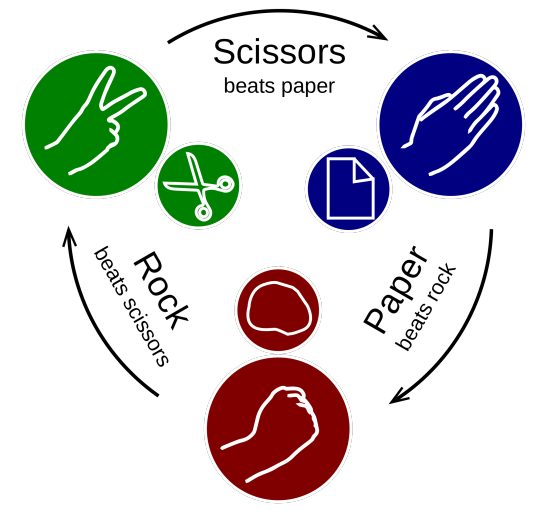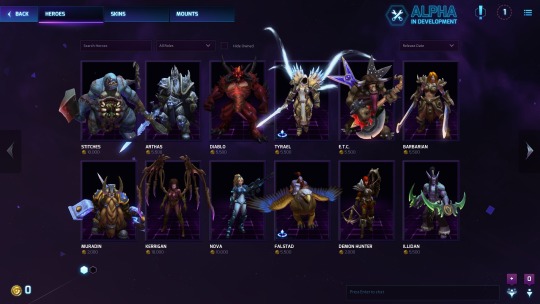
Featured Blog | This community-written post highlights the best of what the game industry has to offer. Read more like it on the Game Developer Blogs.
Eclipsing Mechanics
Win rate isn't the only measure we need to assess balance. To demonstrate lets unbalance a balanced game.

Lets say you have an online "Rock, Paper, Scissors" game that is moderately successful. The user base though is slowly shrinking and you want to re-energize the game, so you decide to add a new move. Mix it up, shake up the Rock-centric meta-game that has been going on for to long.

The game is simplicity personified; let's add a bunch of crap mechanics to it.
You decide to add "Tree" into the game. Tree's behaviors are:
Beats: Rock, Paper
Loses to: Scissors
Draws Against: Tree
You throw it in there and initially Tree has a very large win rate, nearly 50% (large as compared to the 1/3 chance that all moves previously had), but that quickly passes as people figure out it's place in the game. After about a week Tree's stats are:
Win Rate : 36%
Loss Rate: 32%
Tie Rate : 32%
That is great right? You introduced a new game element and it is almost perfectly balanced! You didn't even disrupt the game's circular balance, strategies are still continuously changing and moving without lingering on any one move/strat to long. This is perfect, right?
That is until you look at the usage stats of all the moves and realize that Paper's usage is ~0%. The 50% win rate that occurred for Tree when released was that it was beating both Rock and Paper and all 4 of the moves were being used at roughly the same rate. People quickly realized that Paper, with it's 25% win rate and 50% loss rate, was a terrible play that was ALWAYS out shined by Tree. Regardless of what you were expecting your opponent to do Tree was better than Paper. Tree has completely eclipsed Paper in usefulness.
People quickly stopped using Paper and with Paper out of the picture Tree is balanced, just like Paper was before the introduction of Tree. In the resulting meta-game (how players play the game) you didn't add to the game, it is still 3 moves all of whom have a 1/3 chance of winning, 1/3 chance of losing, and a 1/3 chance of tying. What you did was simply replace one of those 3 elements. The meta-game continues circling around 3 elements, just now without Paper.
With DLC and an iterative/continuous design process in games becoming more common this is happening more and more. You add a new sub machine gun that is slightly different from all the other sub machine guns, but is unquestionably better in 95% of all reasonable situations and is so the one that is always picked. Adding bad choices, or in this case making an old choice bad by eclipsing it, doesn't give the players more room to express themselves; it adds traps into the game.

Traps that a lot of these games charge for the pleasure of falling into.
I've said it before, but balance isn't about win rate percentages. Or rather it isn't just about that. A better set of criteria for assessing balance is figuring out if every element has a niche it fills best, and then seeing how often those niches come into play. Which isn't to say that every character/weapon/move has to be the best at a single niche. A good one might be 2nd best at a couple of the most commonly needed niches, and therefore desirable because they are flexible.
The problem is when a character is worse than another at everything. That is when you run into Tree.
About the Author(s)
You May Also Like













